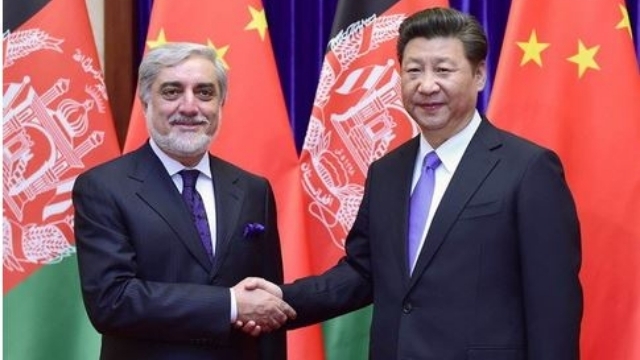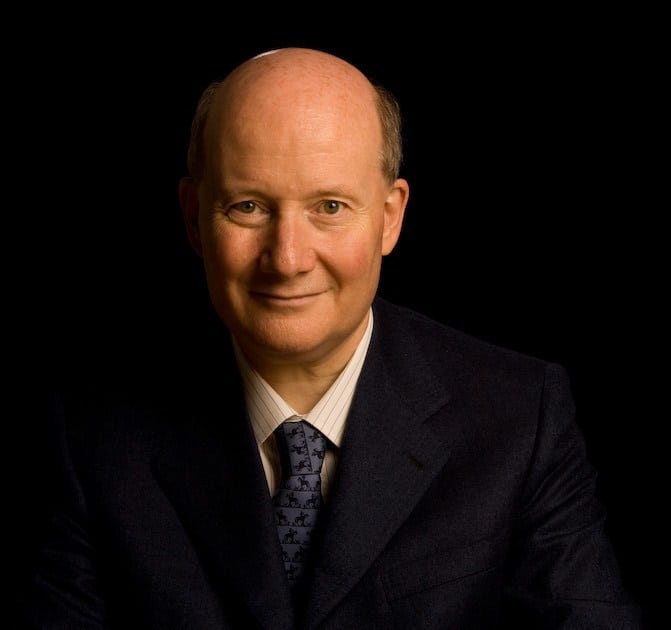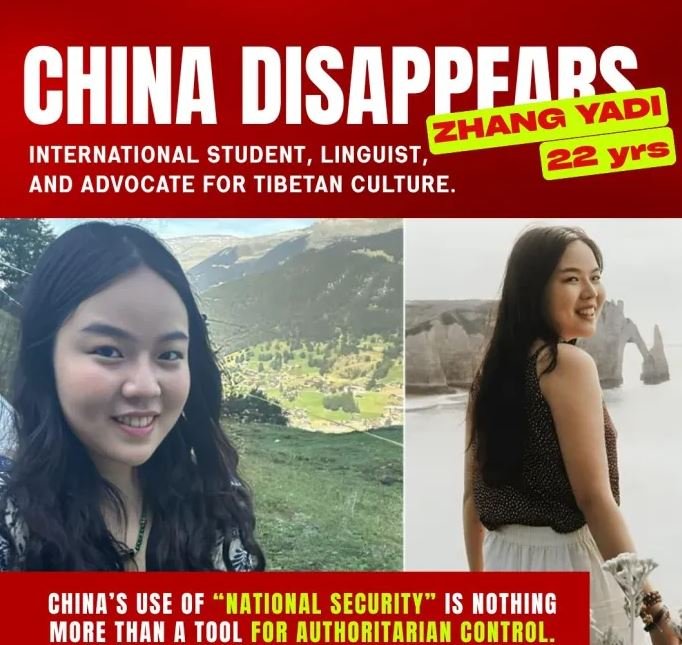Ten Chinese agents were arrested and quietly expelled after trying to establish a false branch of the defunct East Turkestan Islamic Movement.
by Massimo Introvigne

Last week, a chartered plane left Kabul airport to an unknown destination in China. Aboard were ten Chinese nationals, who had been arrested in Afghanistan on December 10, some in the house of one Li Yangyang, believed to be a high-profile intelligence agent, where weapons, ammunitions, and drugs had also been found.
Initially, the ten were accused of terrorism and of colluding with the Haqqani Network, a military arm of the Talibans. Afghanistan asked Chinese ambassador Wang Yu for a formal apology to have the agents expelled, and told him that without it, they will be tried by a local criminal court.
The Afghans, however, had it wrong. As the investigation proceeded, it came out that the Chinese spies were not trying to support a real terrorist organization but to create a fake one. The East Turkestan Islamic Movement (ETIM) did exist in the past as a group of radical Uyghur Muslims, founded in 1989. What he did, or did not do, is another matter. The group consisted of small groups of Uyghur expatriates in Afghanistan, Pakistan, and Uzbekistan. They fought together with the Talibans in different phases of the Afghan conflicts. In 2002, the United States listed ETIM as a terrorist organization connected with al-Qa’ida. In 2003, ETIM leader Hassan Makhdum was shot dead by the Pakistani Army. To his last day, he denied any connection with al-Qa’ida, although he admitted he supported the Talibans.
Not much was heard of ETIM in subsequent years. In 2008, something called the Turkistan Islamic Party (TIM) started manifesting itself as yet another small-scale ally of the Talibans, with suspected al-Qa’ida connections. It issued threats against the 2008 Beijing Olympics, some of which might have been real, and others created by the Chinese intelligence, not followed by real-life attacks. In February 2010, its leader Abdul Haq al-Turkistani was killed by a missile launched by a CIA UAV (unmanned aerial vehicle) in Pakistan. China claimed that ETIM and TIM were one and the same, but others doubted it.

Most scholars of terrorism believe there is no evidence that ETIM, or even TIM, was responsible for terrorist attacks in Xinjiang, although more than 200 were attributed to them by Chinese authorities. There were some terrorist attacks in Xinjiang, but ETIM or TIM did not claim responsibility for them. Some were real, others may have been invented by Chinese propaganda. In 2020, the U.S. eliminated ETIM from the list of terrorist organizations, claiming there was no evidence it still existed. The UN Security Council and several countries, on the other hand, still lists ETIM as a terrorist group.
But, if ETIM no longer existed, its trademark was up for grab. It is believed the Chinese agents were in Afghanistan to create a false ETIM, hopefully attract some Uyghur expatriates, perform terrorist attacks, and blame the Uyghur community, thus justifying repression in Xinjiang.
The plot was fooled by the Afghan intelligence, and to avoid problems with China the agents were quietly sent back home. But there is no reason to believe Beijing will not start such games again.

Massimo Introvigne (born June 14, 1955 in Rome) is an Italian sociologist of religions. He is the founder and managing director of the Center for Studies on New Religions (CESNUR), an international network of scholars who study new religious movements. Introvigne is the author of some 70 books and more than 100 articles in the field of sociology of religion. He was the main author of the Enciclopedia delle religioni in Italia (Encyclopedia of Religions in Italy). He is a member of the editorial board for the Interdisciplinary Journal of Research on Religion and of the executive board of University of California Press’ Nova Religio. From January 5 to December 31, 2011, he has served as the “Representative on combating racism, xenophobia and discrimination, with a special focus on discrimination against Christians and members of other religions” of the Organization for Security and Co-operation in Europe (OSCE). From 2012 to 2015 he served as chairperson of the Observatory of Religious Liberty, instituted by the Italian Ministry of Foreign Affairs in order to monitor problems of religious liberty on a worldwide scale.


